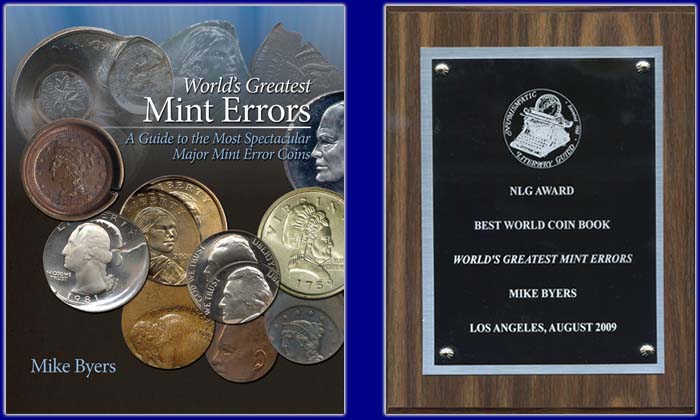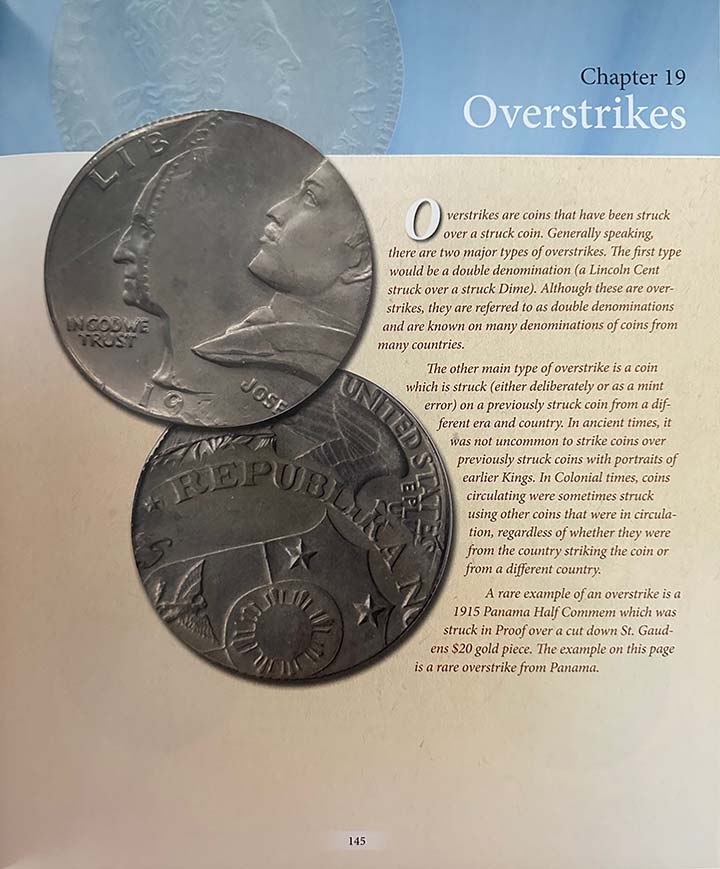1863 Round Liberty Gold 25¢
California Fractional Gold BG-820
Overstruck on 1860/50 BG-819
NGC MS 61
Two Known
SOLD

This is a 1863 California Fractional Gold 25¢ overstruck on a previously struck 1860/50 Gold 25¢. In fact, there are only two known overstruck California Fractional Gold Coins on any of the 25¢, 50¢ or $1 denominations. Struck by Robert B. Gray & Co, a San Francisco manufacturing jeweler during the gold rush era, this major gold mint error is a fascinating piece of California history.
There was a severe shortage of coins in the smaller denominations so the United States Branch Mint opened in 1854 in San Francisco to strike coins for circulation. The 1854 and 1855 gold and silver coins struck at the San Francisco Branch Mint were hoarded or exported. The extreme demand for coins was met by San Francisco jewelers who struck fractional denominations of gold coins in the 25¢, 50¢ and $1 sizes. There are over 450 varieties known to exist, most dated between 1852 and 1882. Almost all of the fractional gold coins were produced by the hammer method, which was striking the gold planchet between the bottom die that was stationary and the top die by a sledgehammer.
In researching major mint errors on California fractional gold pieces, it appears that there are approximately 12 double struck, 5 that are uniface (either struck with only the obverse or only the reverse die) and 3 that are brockages (struck by a coin that was already struck). This is one of only two known California fractional gold coin that was struck over an earlier dated gold coin.
Authenticated and certified by NGC as MS 61 and a mint error, it is classified as being overstruck on a previously struck gold coin and is a dual date (1863 over an 1860/50).
In 1864, one year after this overstruck California Fractional Gold Piece was produced, the U.S. Government passed the "Private Coinage Law of 1864." This new legislation prohibited the manufacture of all private gold coins intended for use as money to circulate side by side with the officially struck U.S. coins. This law was mostly ignored by the producers of fractional gold pieces, who continued to strike them in the smaller denominations through 1882.
Designated as a BG-820 (Breen-Gillio Reference Book) overstruck on an 1860/50 (overdate) BG-819, it is amazing that this gold mint error exists and survived during the California gold rush era.
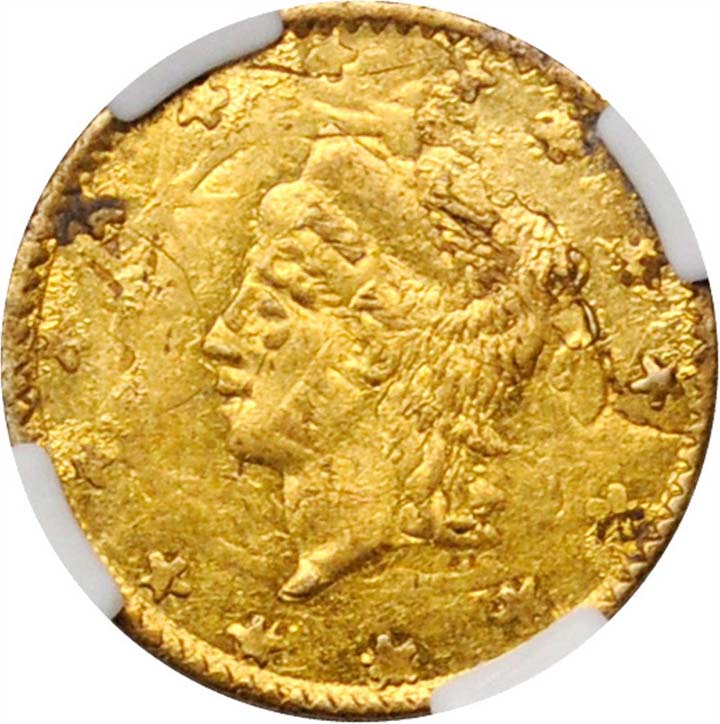
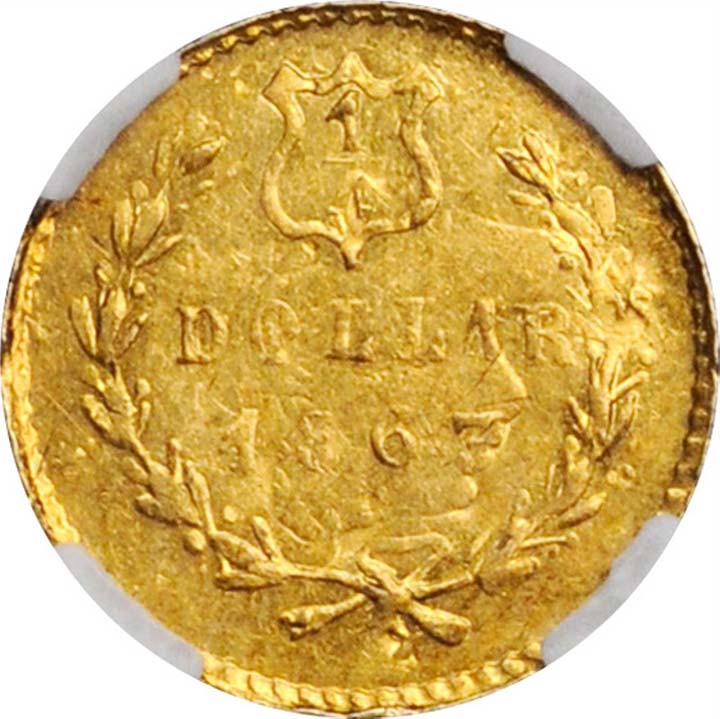
The portrait of the understrike is clearly visible:
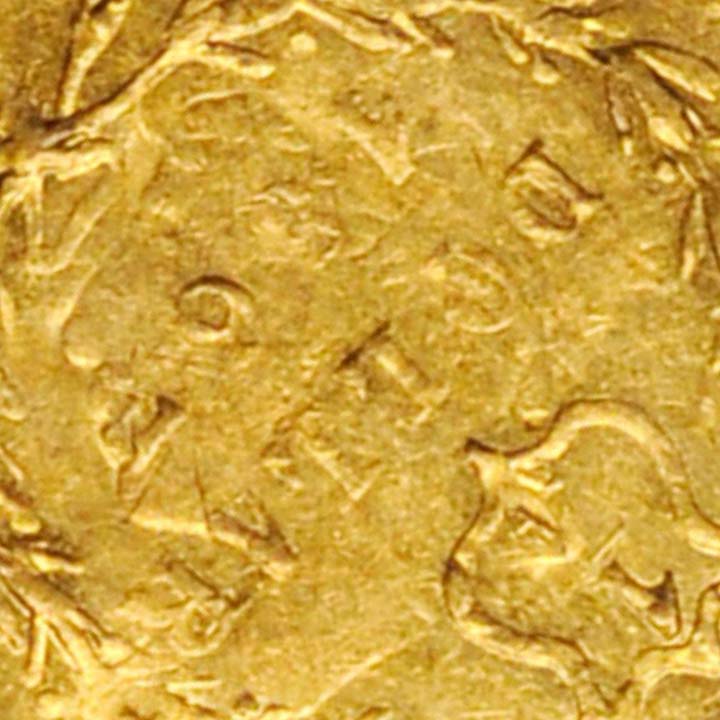
The 1860/50 date of the understrike is also clearly visible:
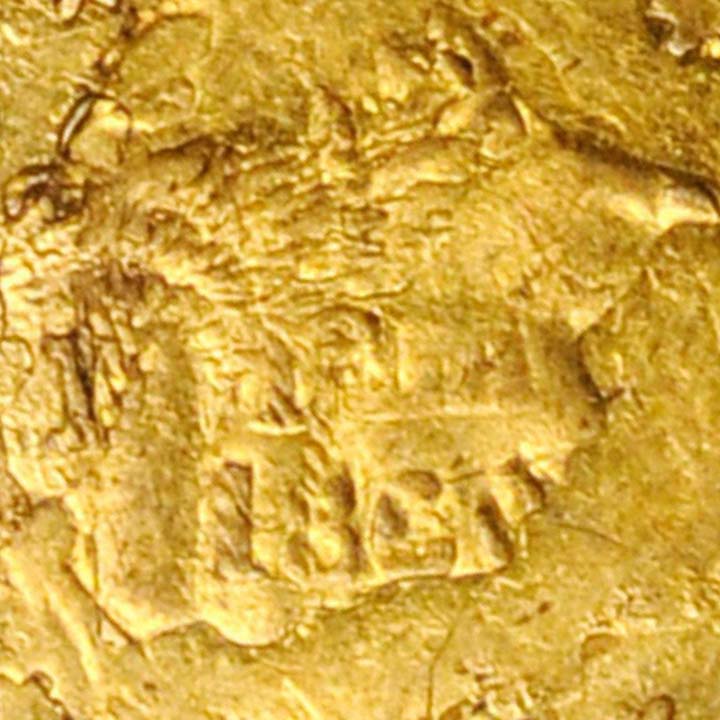
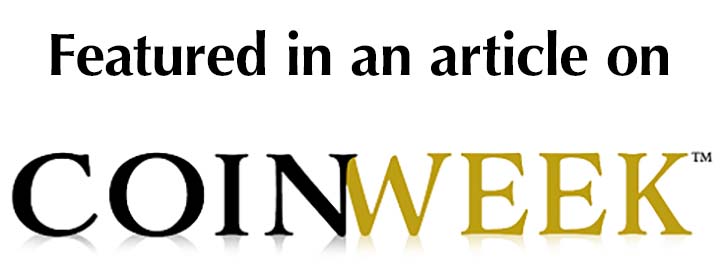
Overstrikes are featured in
my NLG Award winning book,
World's Greatest Mint Errors:
